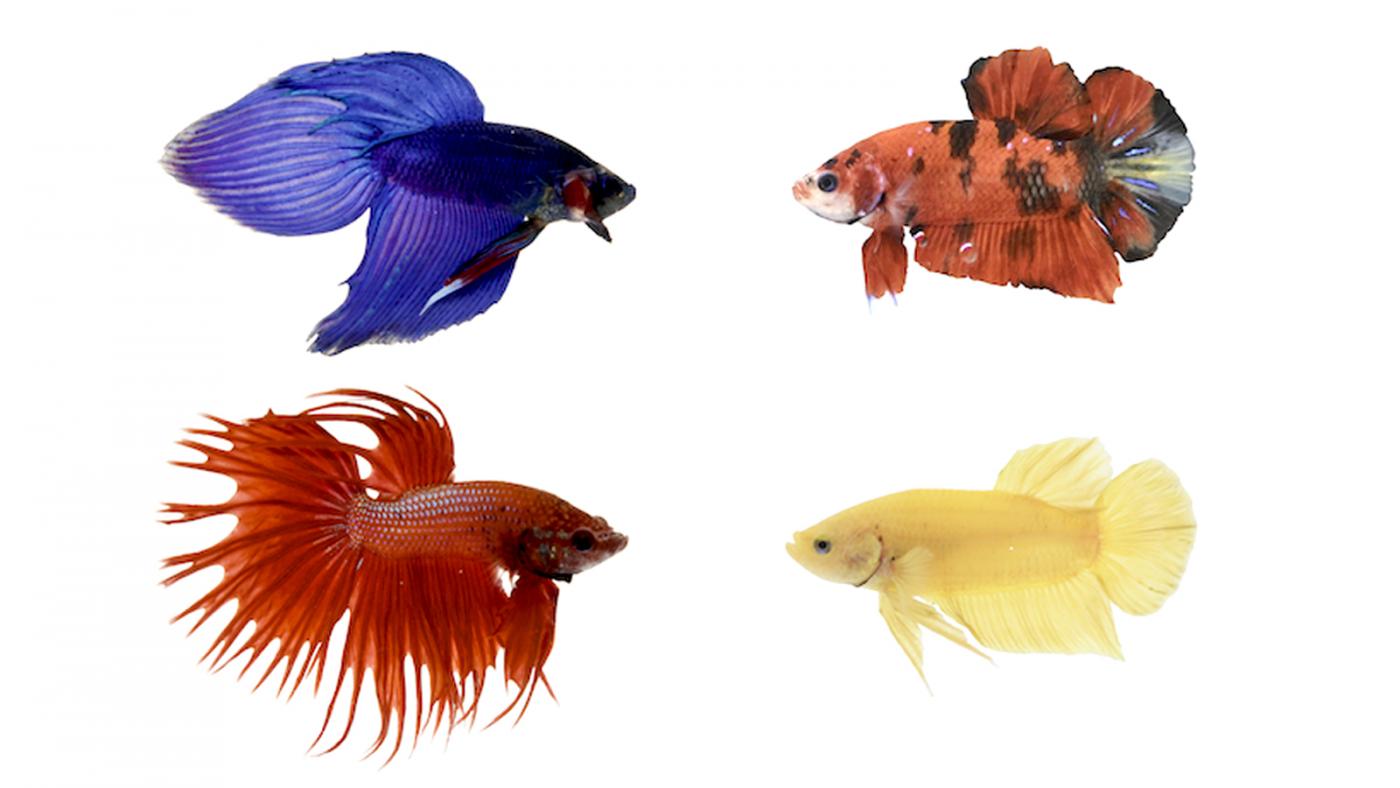Exactly How to Breed Betta Fish Successfully: Expert Strategies and Insights for Hobbyists Aiming To Expand Their Betta Collection
Reproducing Betta fish needs a nuanced understanding of genes and ecological problems, making it vital for hobbyists to approach the procedure with both diligence and treatment. Developing an optimum breeding environment, selecting the appropriate sets, and observing the details of their courtship actions are fundamental actions that can substantially influence the outcome. The subsequent care of the fry is crucial for guaranteeing their healthy advancement. As we discover these vital components, it ends up being clear that effective breeding is not practically the preliminary pairing but includes a more comprehensive technique that values mindful consideration.
Understanding Betta Fish Genetics
Understanding the genetics of Betta fish is important for successful reproduction, as it affects qualities such as color, fin shape, and actions. Betta fish exhibit a diverse range of colors and patterns, mostly determined by their hereditary make-up. The key genes responsible for coloration consist of the "B" gene for blue, "D" genetics for red, and the "C" genetics for shade strength. Breeders can manipulate these qualities by picking details parent fish that show preferred attributes.
In enhancement to coloration, fin morphology is an additional significant element of Betta genes (betta fish). The shape and size of fins are influenced by different genes, consisting of those that identify whether the fins are short, long, or veil-shaped. Understanding these genetic variations helps breeders predict the phenotypic end results of their spawn
In addition, behavior attributes such as aggression and territoriality can likewise be affected by genetics. These habits play an essential role in the reproducing process, as they can influence generating success and the overall temperament of the resulting fry. By thoroughly understanding these genetic principles, dog breeders can make enlightened decisions, eventually boosting their breeding programs and attaining desirable outcomes.
Preparing the Reproduction Setting
Creating an ideal breeding environment is crucial for the successful recreation of Betta fish. The very first step in preparing this setting is to choose an ideal reproduction storage tank, preferably varying from 5 to 10 gallons.
Following, think about using a sponge filter or an air rock to provide gentle water blood circulation without creating solid currents that can emphasize the fish. It is important to mount plants or breeding cones to provide hiding areas and advertise convenience for the lady throughout the spawning procedure. Drifting plants, such as Java moss or water sprite, can additionally develop a more native environment while facilitating bubble nest building by the man.
Prior to introducing the breeding pairs, guarantee the water is conditioned and devoid of damaging chemicals, such as chlorine or hefty metals. betta fish. Regular water changes need to be conducted to keep optimal water quality, boosting the chances of effective reproduction. With these preparations in place, the reproducing setting will certainly support the health and wellness and health of both Betta fish
Choosing Breeding Pairs
Choosing the best reproduction sets is important for achieving effective Betta fish reproduction. Healthy and balanced Betta fish display dynamic shades, clear eyes, and active habits.
Character is another important factor to consider, as Betta fish are recognized for their hostile nature. It is recommended to select a man and female that show compatible temperaments to decrease stress and anxiety throughout the breeding procedure. A calm male can encourage a smoother courtship, while a female that is also aggressive might disrupt the process.
Hereditary background likewise plays a significant function in the quality of the spawn. Breeding fish that are genetically varied can reduce the danger of genetic health and wellness concerns and enhance the general vitality of the fry. It is helpful to research the lineage of both the male and lady, concentrating on preferable qualities such as fin kind, shade patterns, and dimension.
The Reproduction Process
The reproduction process of Betta fish needs mindful preparation and attention to detail to make certain a successful result. At first, it is essential to prepare a suitable reproduction container, preferably a 5-10 gallon fish tank with a temperature preserved at 78-80 ° F. The storage tank must be geared up with a heater, filter (preferably sponge type to stay clear of solid currents), and lots of aquatic plants for the woman to conceal.
As soon as the environment is set, introduce the selected breeding pair to the tank, enabling them to accustom. Observe their habits; the man will show sophisticated courtship routines, including flaring his fins and constructing a bubble nest. If the woman reveals passion, she will show upright red my explanation stripes suggesting preparedness for spawning.
When the woman is receptive, the set will engage in a breeding accept, during which the male feeds the eggs. Preserving optimal water problems throughout this period is vital for the development of healthy and balanced Betta fry.
Taking Care Of Betta Fry

Feeding Betta fry is critical, as they require a diet plan high in healthy protein. They can be fed infusoria or liquid fry food, transitioning to finely smashed high-grade pellets as they expand. Feed tiny portions several times a day to motivate healthy growth without straining the container with leftover food.

As they develop, monitor their development carefully and divide any aggressive people to prevent injury. By supplying a visit nurturing setting and correct nourishment, hobbyists can efficiently increase Betta fry into vibrant, healthy fish, eventually improving their reproduction endeavors.
Final Thought
Successful Betta fish breeding needs careful focus to hereditary selection, environmental conditions, and care for the fry. By comprehending the genetics of Betta fish and preparing a proper reproduction environment, enthusiasts can improve the opportunities of generating vivid, healthy and balanced spawn.